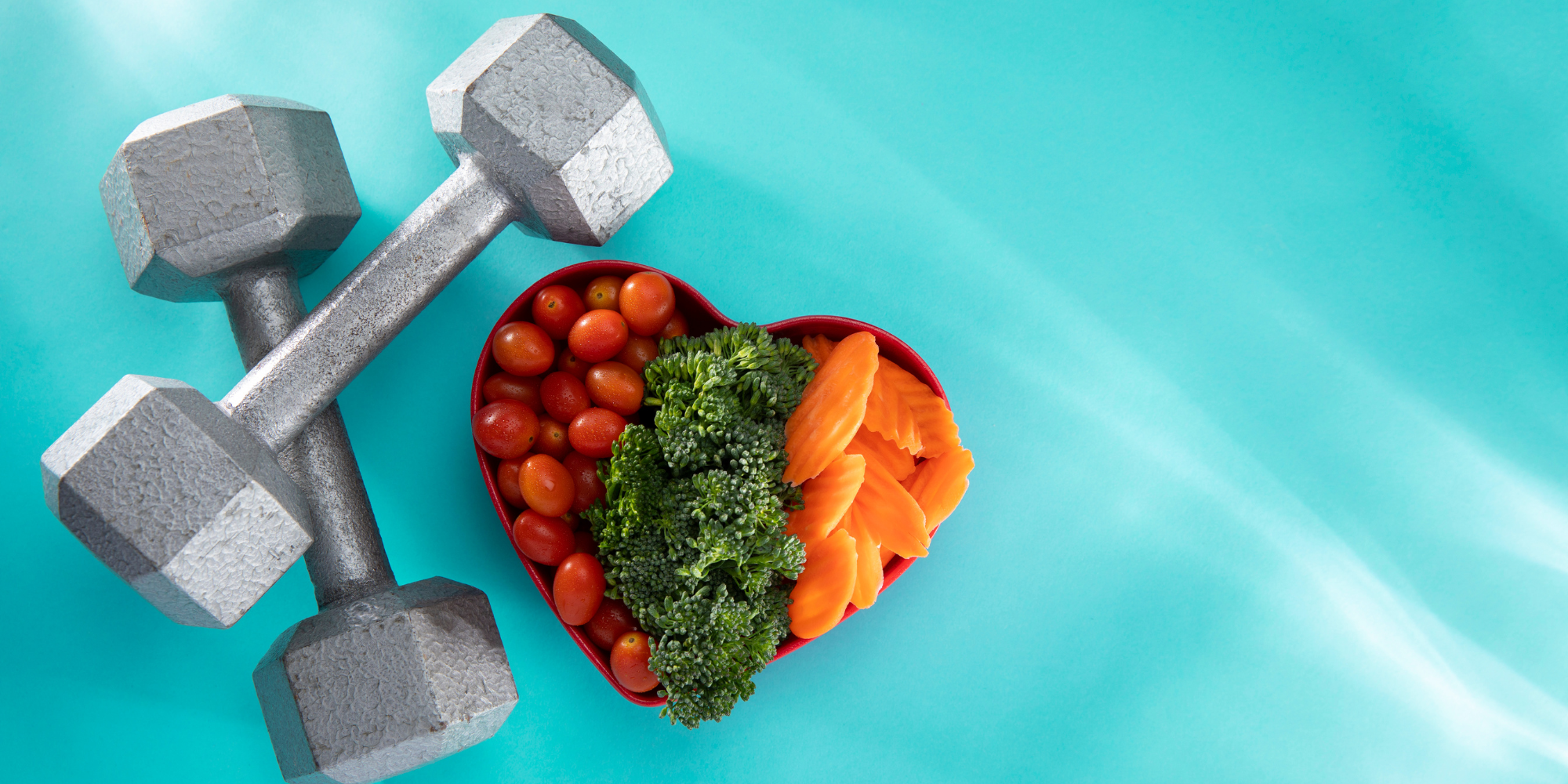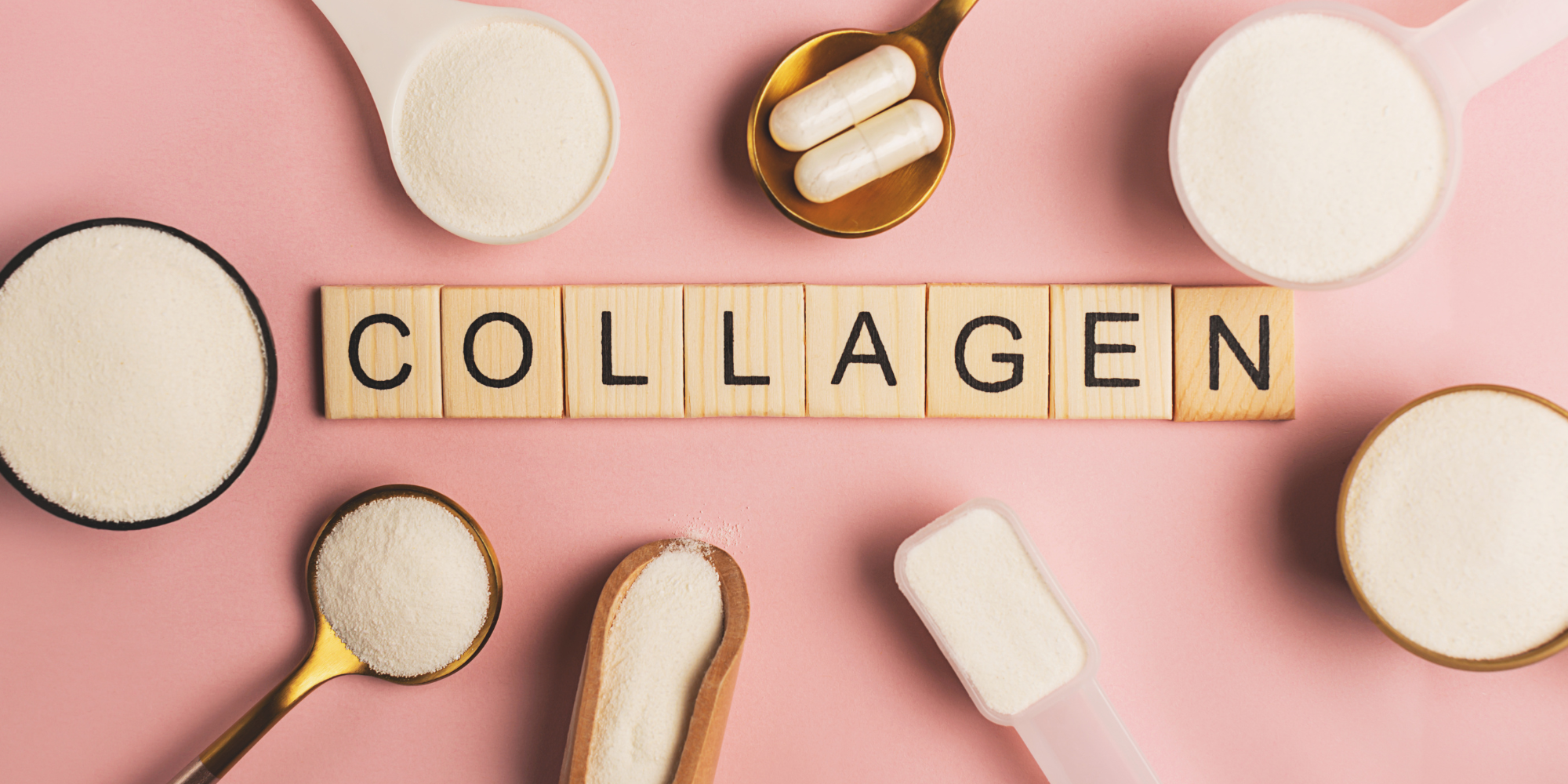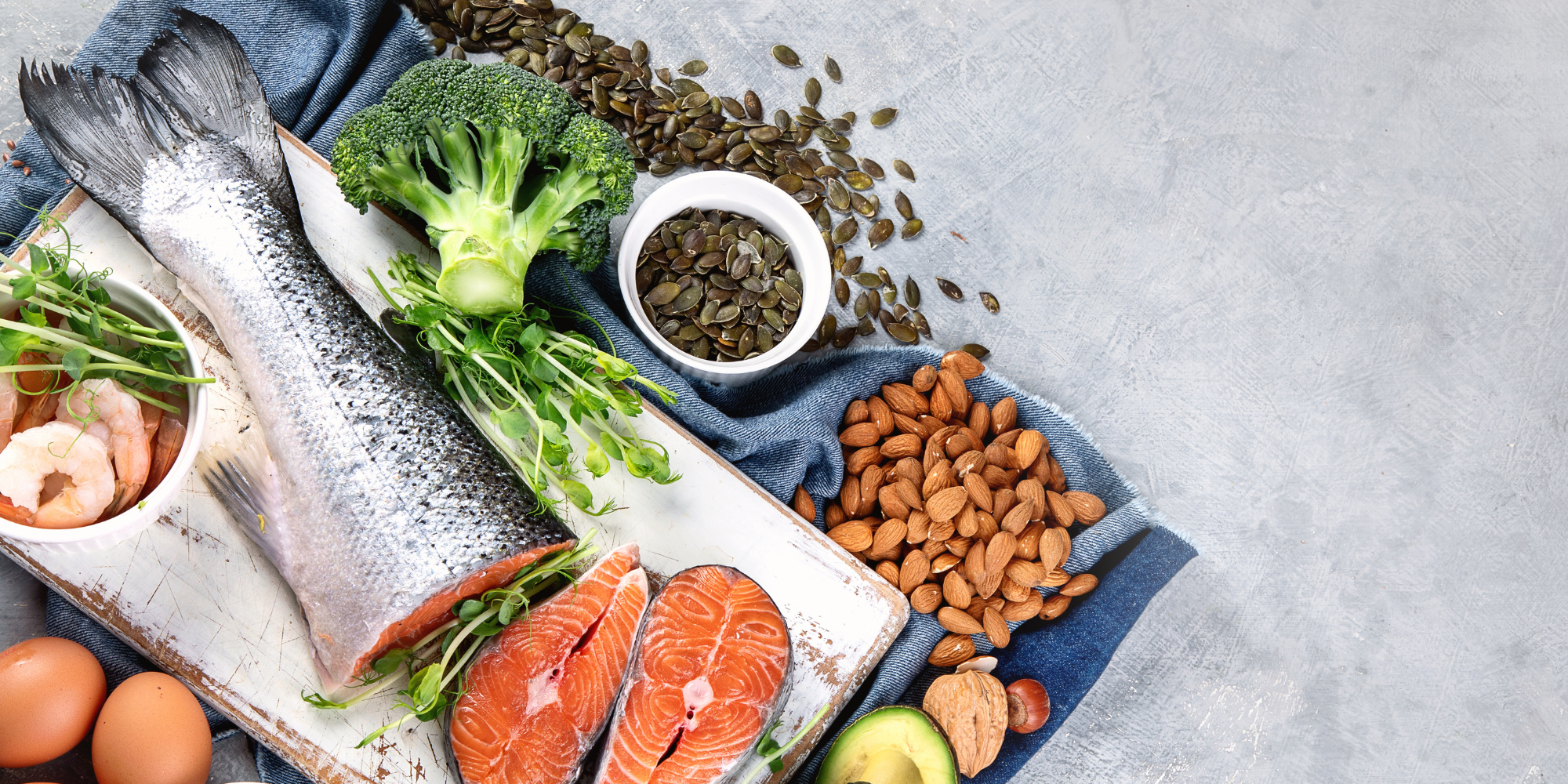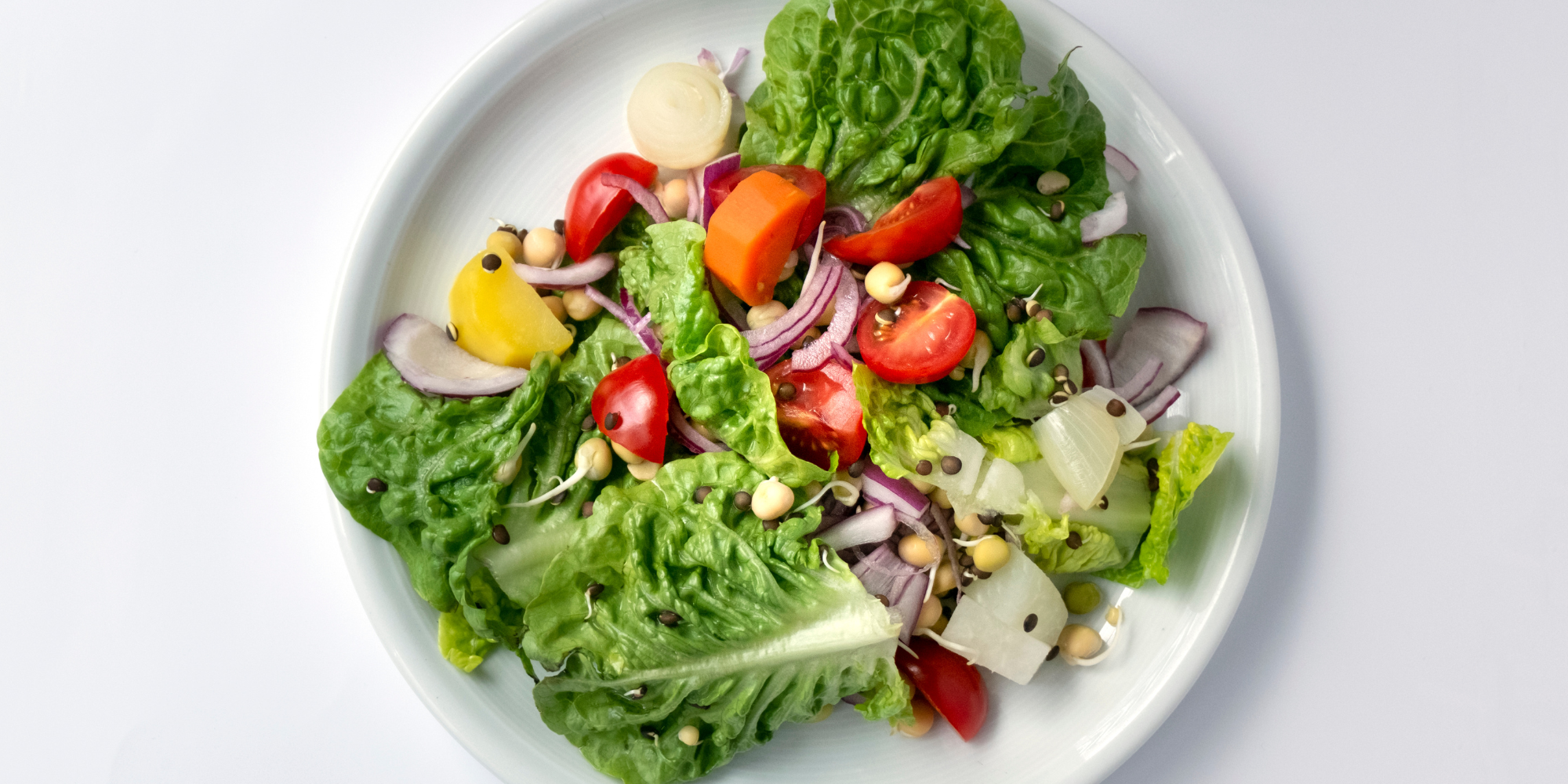Let’s start by debunking the myth that we need to eat meat for protein. Whether you exercise recreationally or compete at a professional level, meals containing plant protein is ideal fuel for supporting performance goals. Many professional athletes eat plant-based diets, including Venus Williams, Carl Lewis, and Kendrick Farris, the only male weightlifter to compete at the Rio Olympics. In fact, he broke two U.S. records in 2016.
So, how did this animal vs. plant protein controversy originate?
Long ago, it was thought that plant protein was inferior to animal protein because it did not contain all 9 essential amino acids, the building blocks of protein. Therefore, at the time it was necessary to combine certain plant foods to ensure our bodies received complete proteins. We now know that if our plant-based diet is varied and energy appropriate, all essential amino acids can easily be obtained in sufficient quantities.
Regarding athletic performance, a study in Nutrients suggests that vegetarian diets do not compromise training. This cross-sectional comparison of vegetarian and omnivore adult endurance athletes showed higher maximal oxygen uptake and comparable strength in the vegetarian group. Another study in The American Journal of Clinical Nutrition found that it didn’t matter if protein intake came from animals or plants. Subjects in this study had roughly the same muscle mass and strength. The key is getting the recommended daily allowance of protein (0.8g/kg of body weight) regardless of the source.
How can you eat more plant proteins?
Fortunately, if you want to move toward a more plant-based diet, plant-based proteins are plentiful and affordable. Think of beans, peas, lentils, nuts, and seeds. Or, get adventurous with tofu, tempeh, and edamame. Whole grains can pack some protein, too. Think of whole-grain bread, oatmeal, quinoa, and wild rice. Or, get adventurous with grains like amaranth, buckwheat, and millet.
To get started, try oatmeal topped with berries for breakfast. Or, a tofu veggie scramble. For lunch and dinner, keep it simple with a soup or salad followed by dishes that consist of whole grains, lentils, and veggies. Still hungry? Enjoy some fruit for dessert.
For optimal success, eat when you’re hungry and choose foods that make you feel good. These foods should be ones that you truly enjoy and provide lots of variety. Keep in mind that whole, plant-based foods are lower in calorie density compared to processed foods. The exception to this is nuts and seeds – they’re super healthy, but VERY calorie-dense. If you are trying to maintain or lose weight, you’ll want to limit nuts and seeds. Following a plant-based diet, you may find that you need to eat more than you did before – especially if you are an athlete burning lots of calories and/or trying to increase lean body mass.
This was originally published to the Pritikin blog Augist 17, 2020




